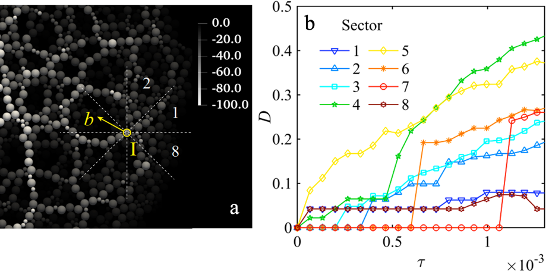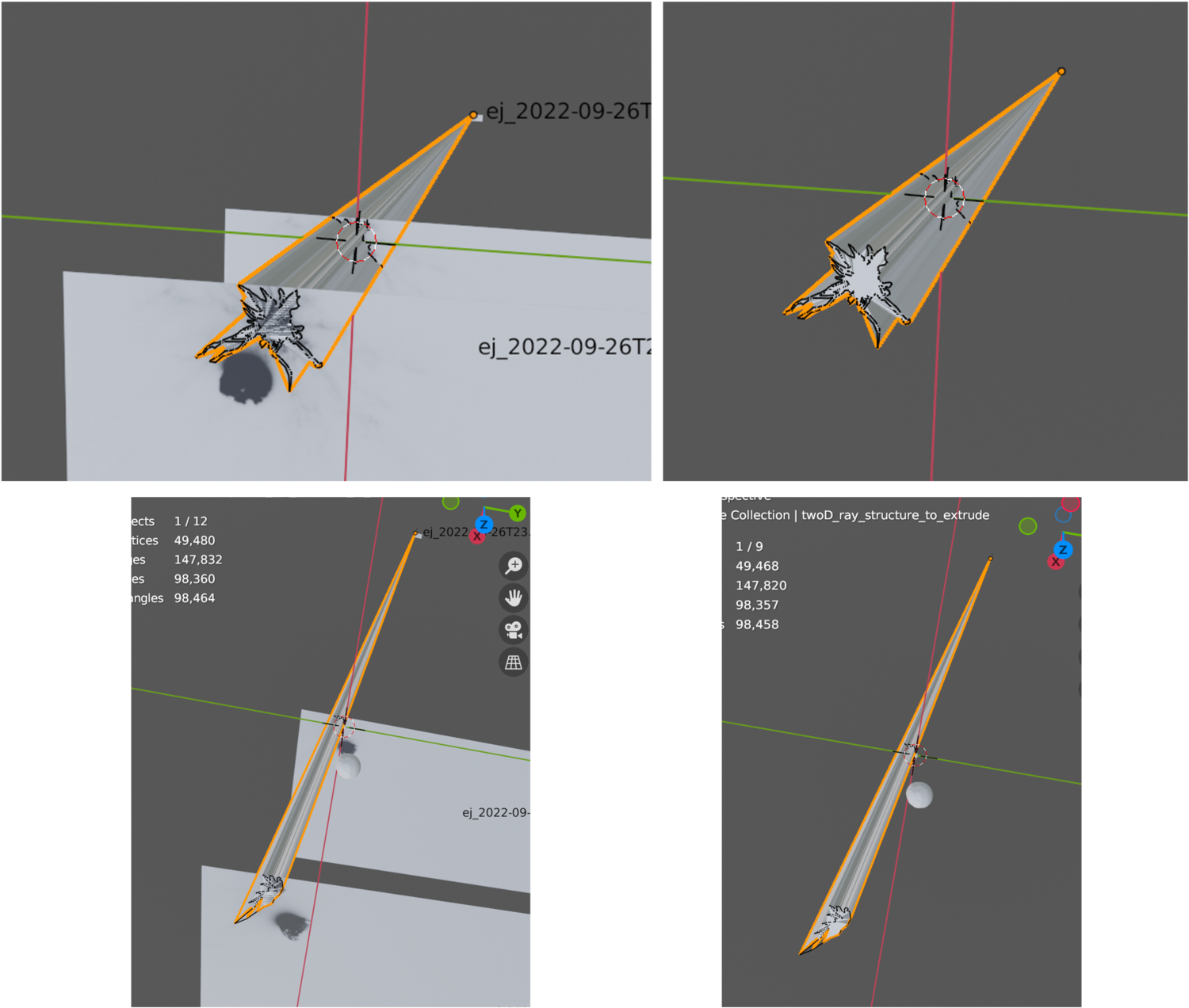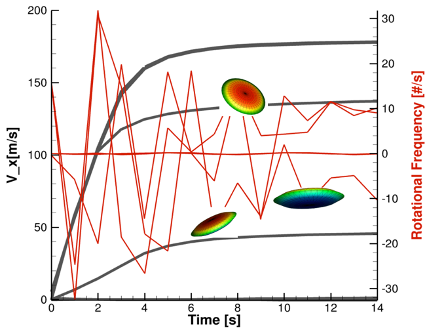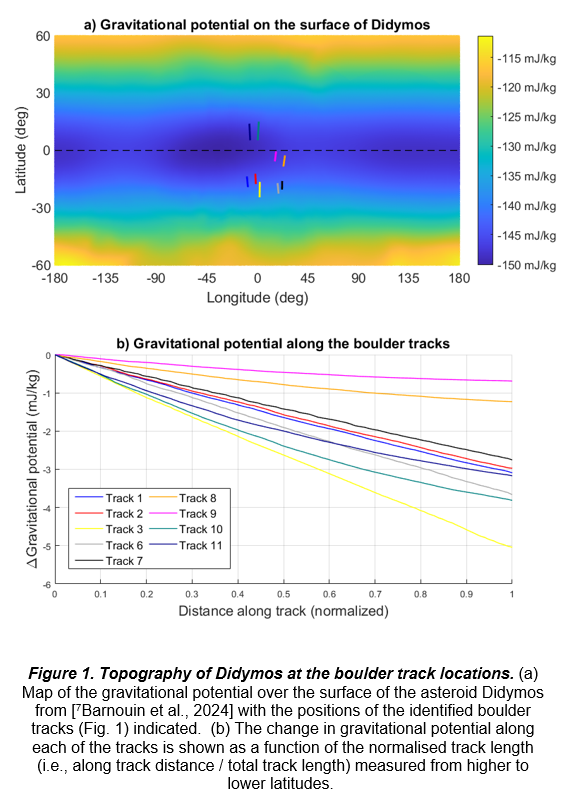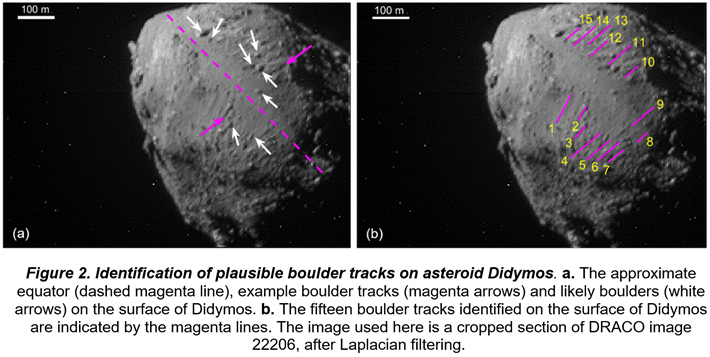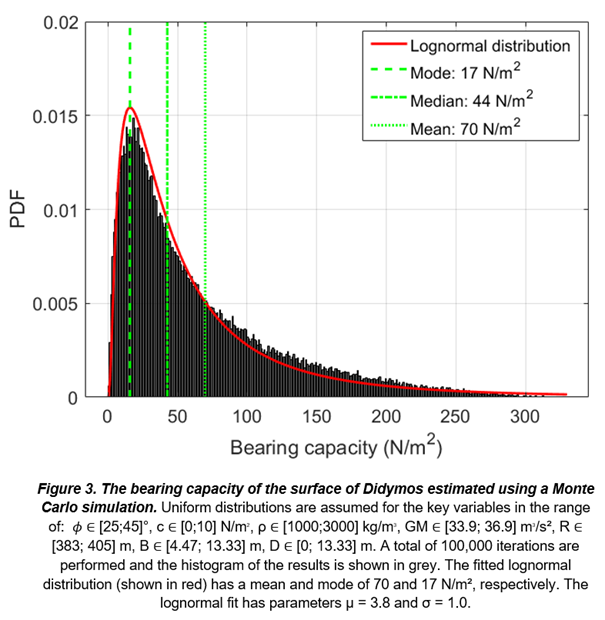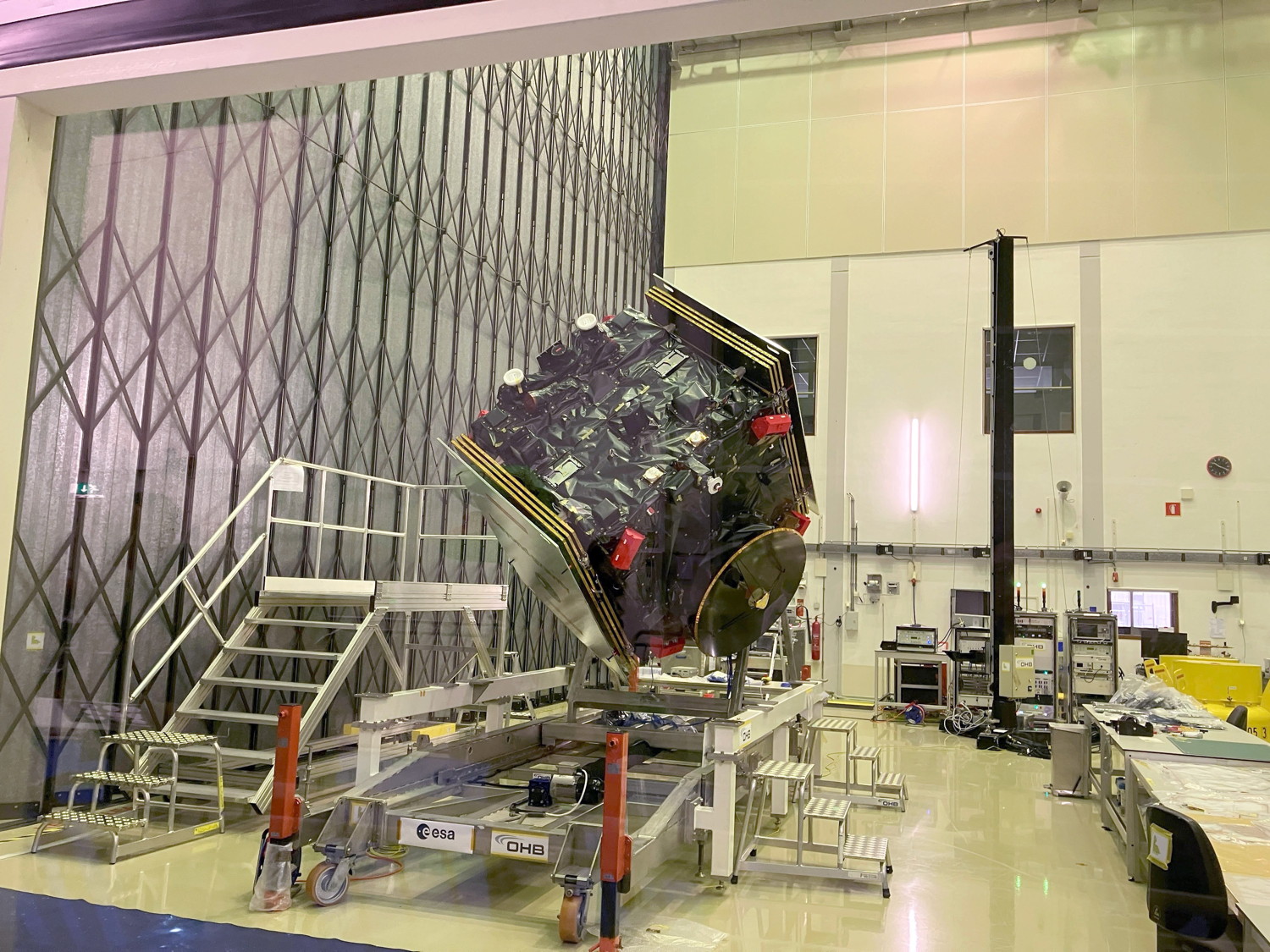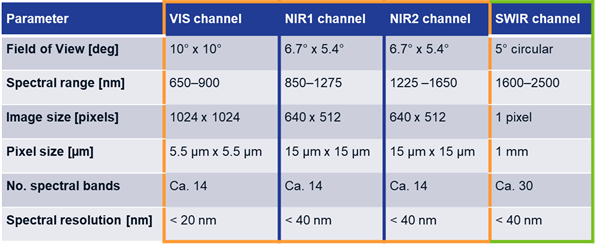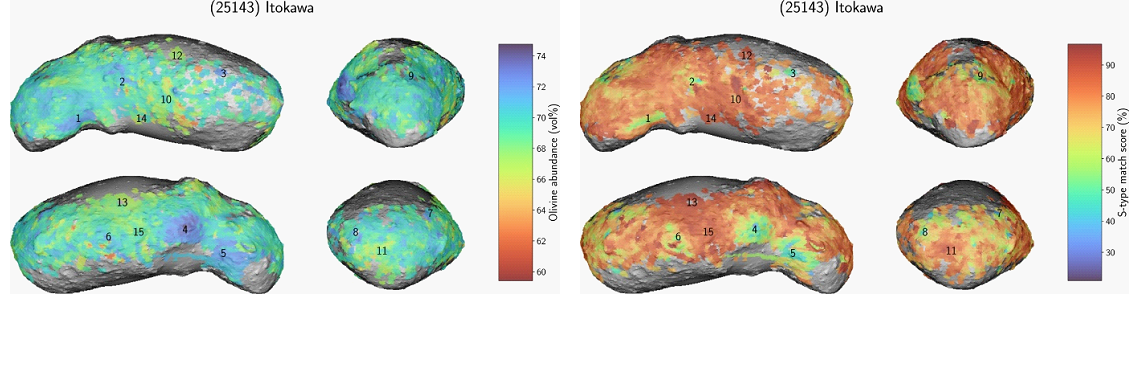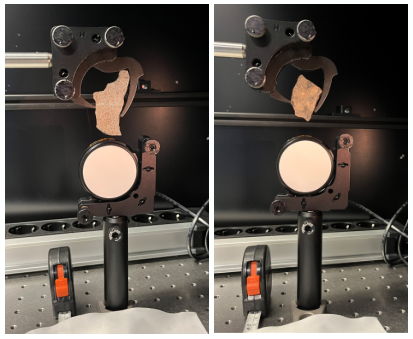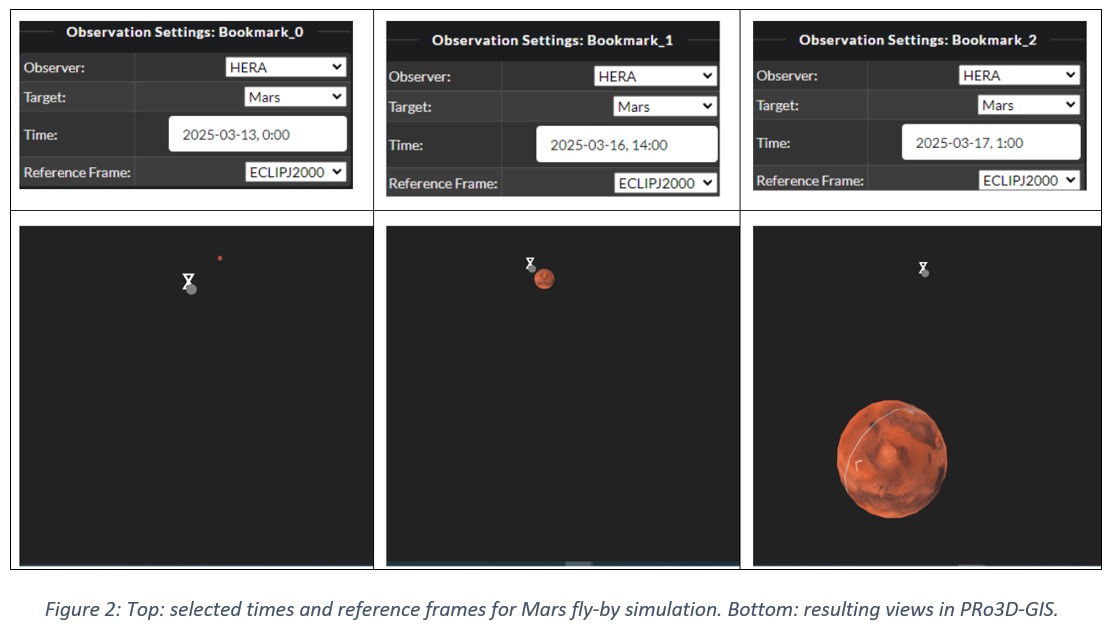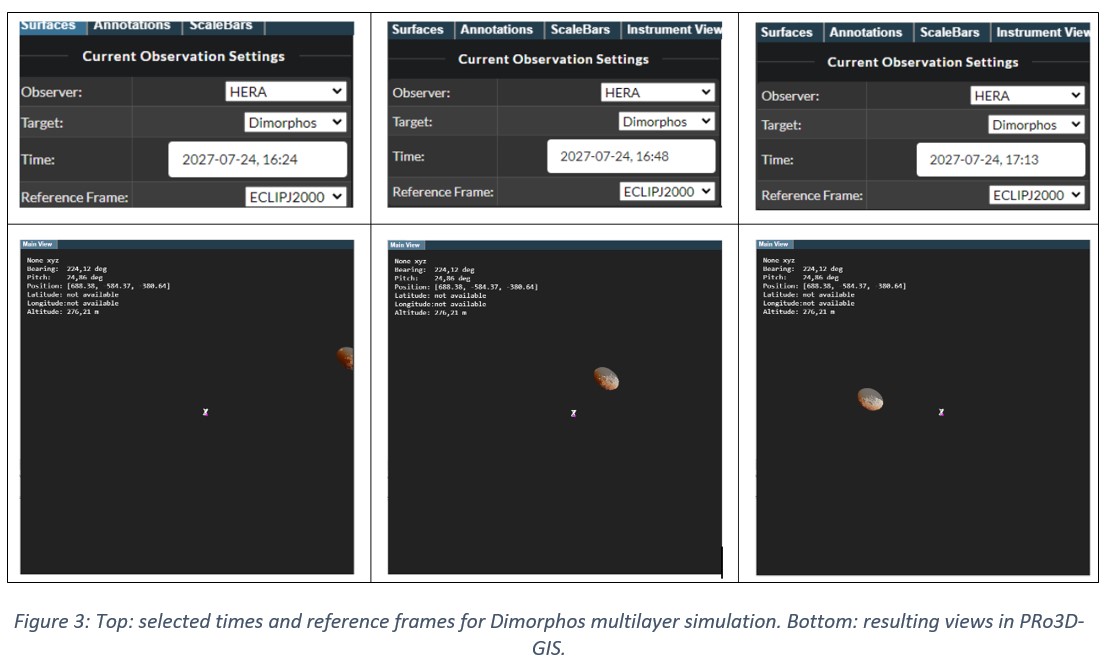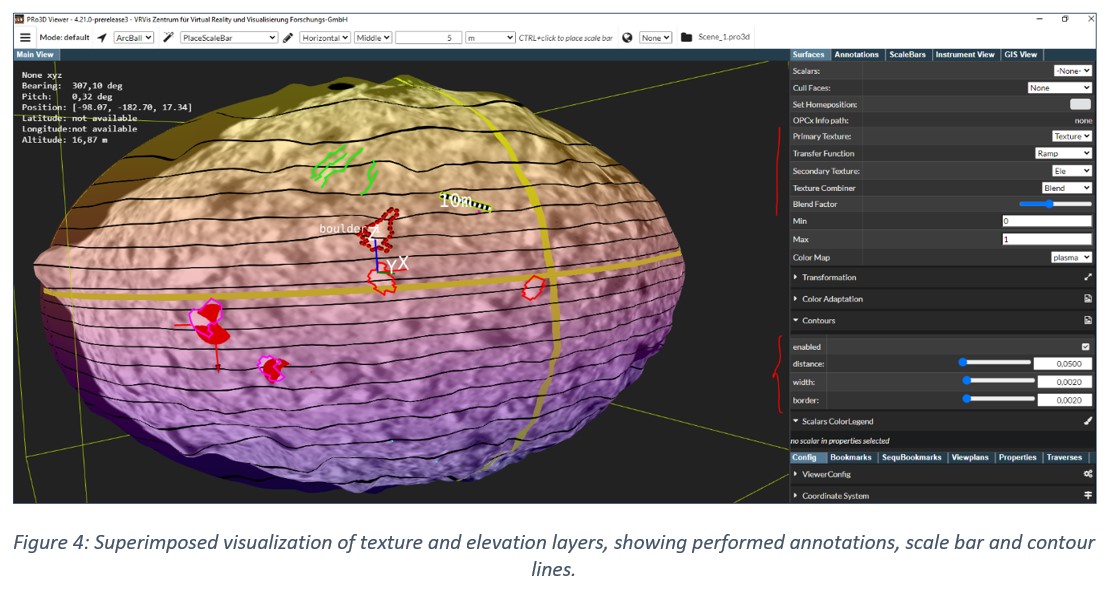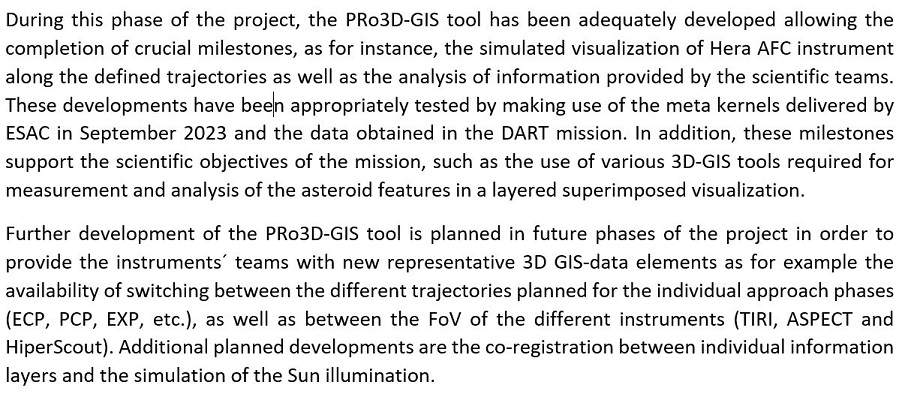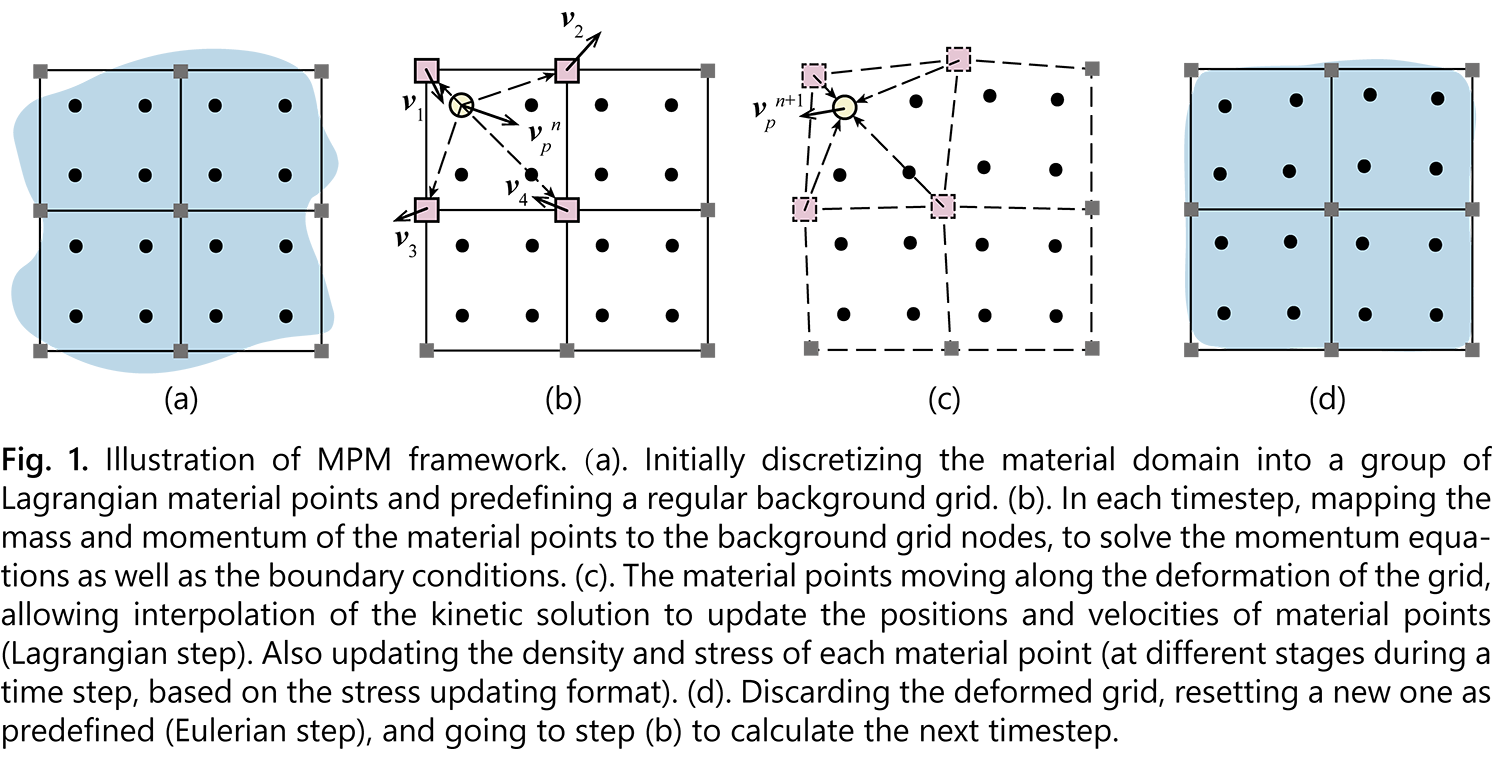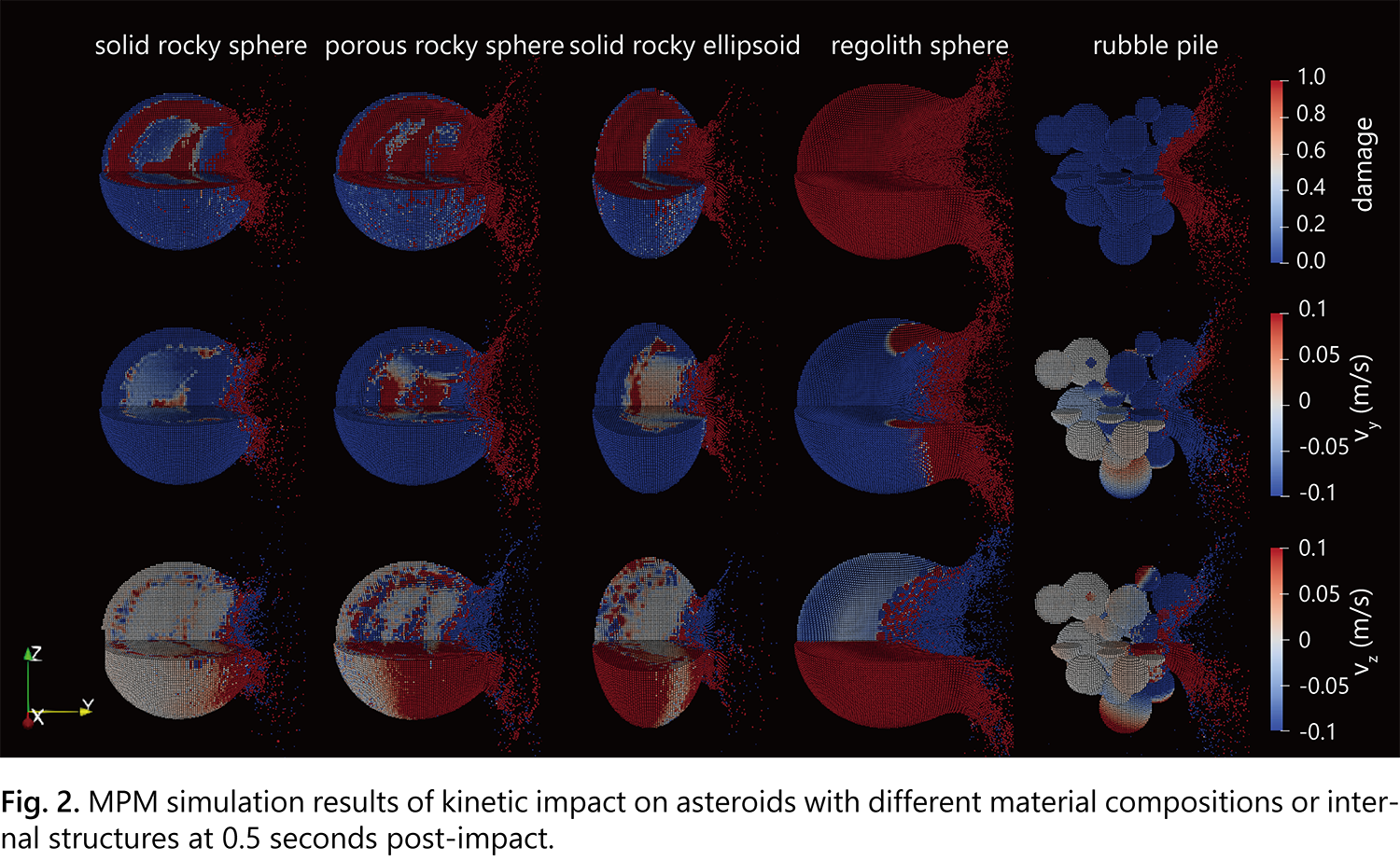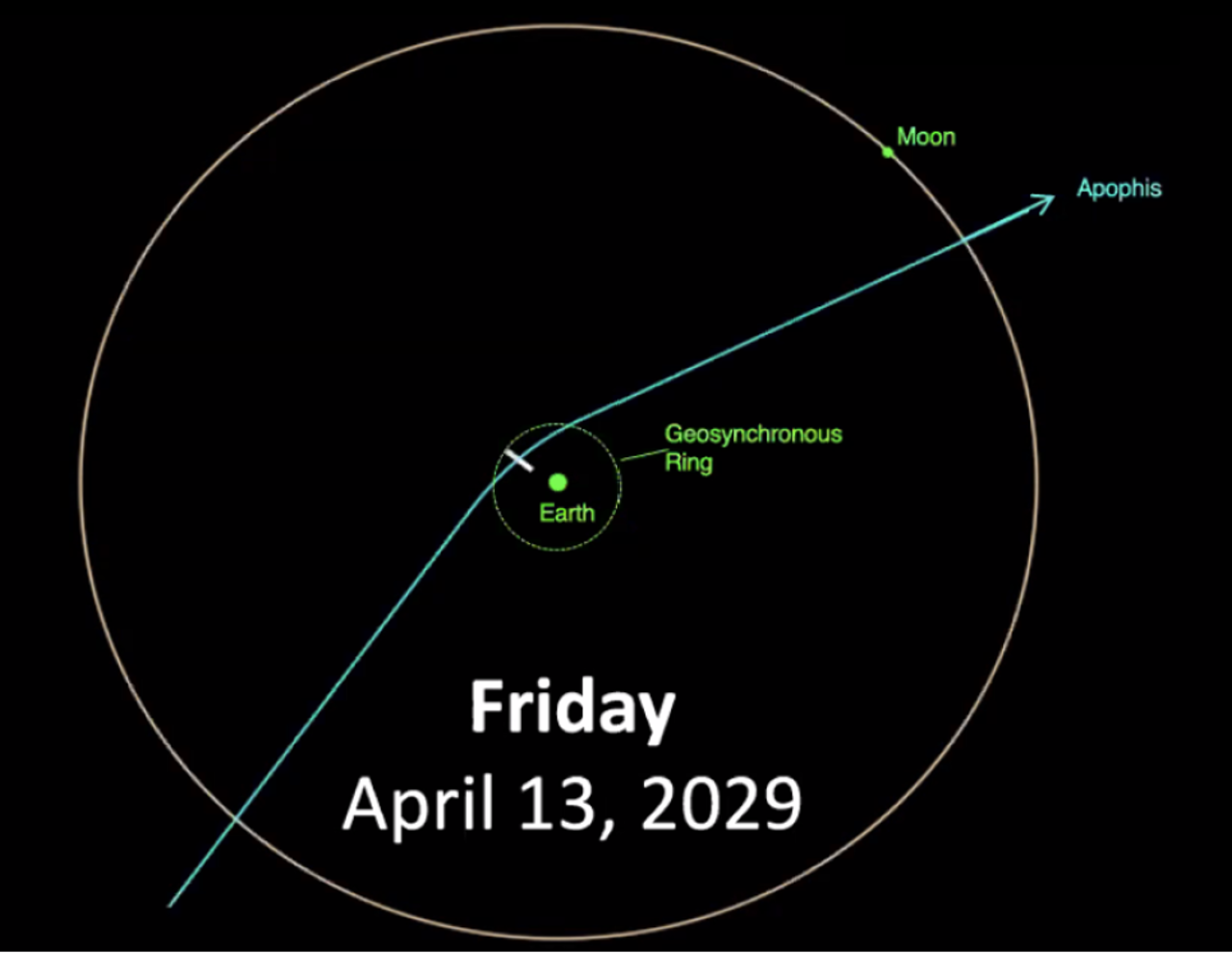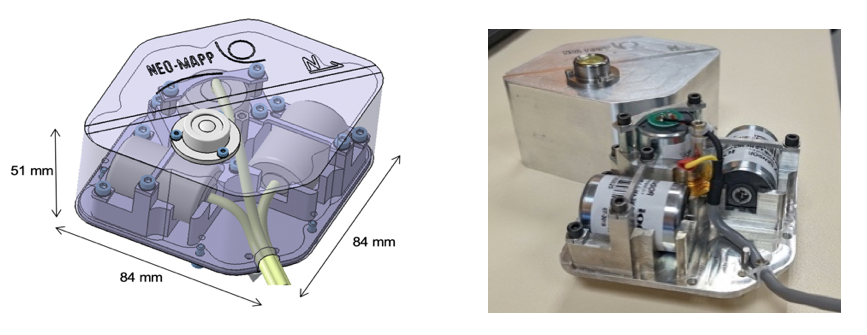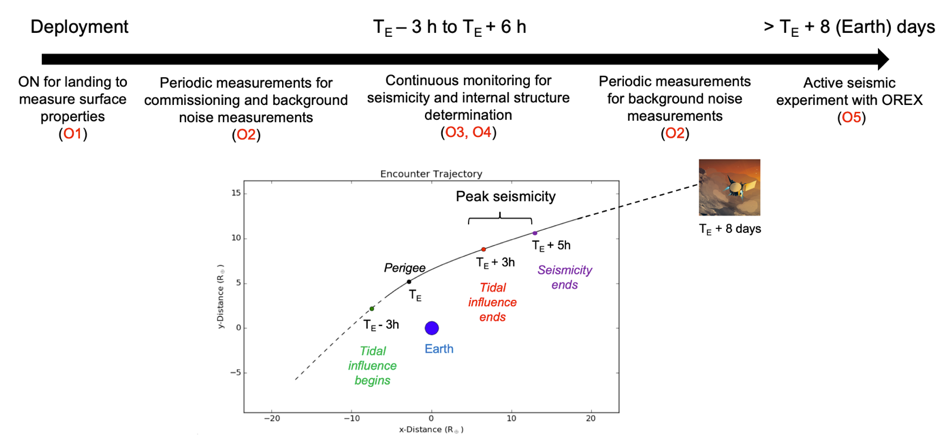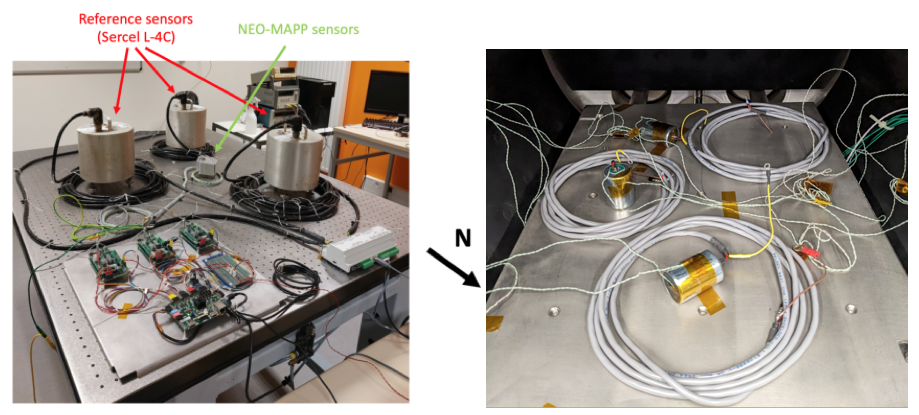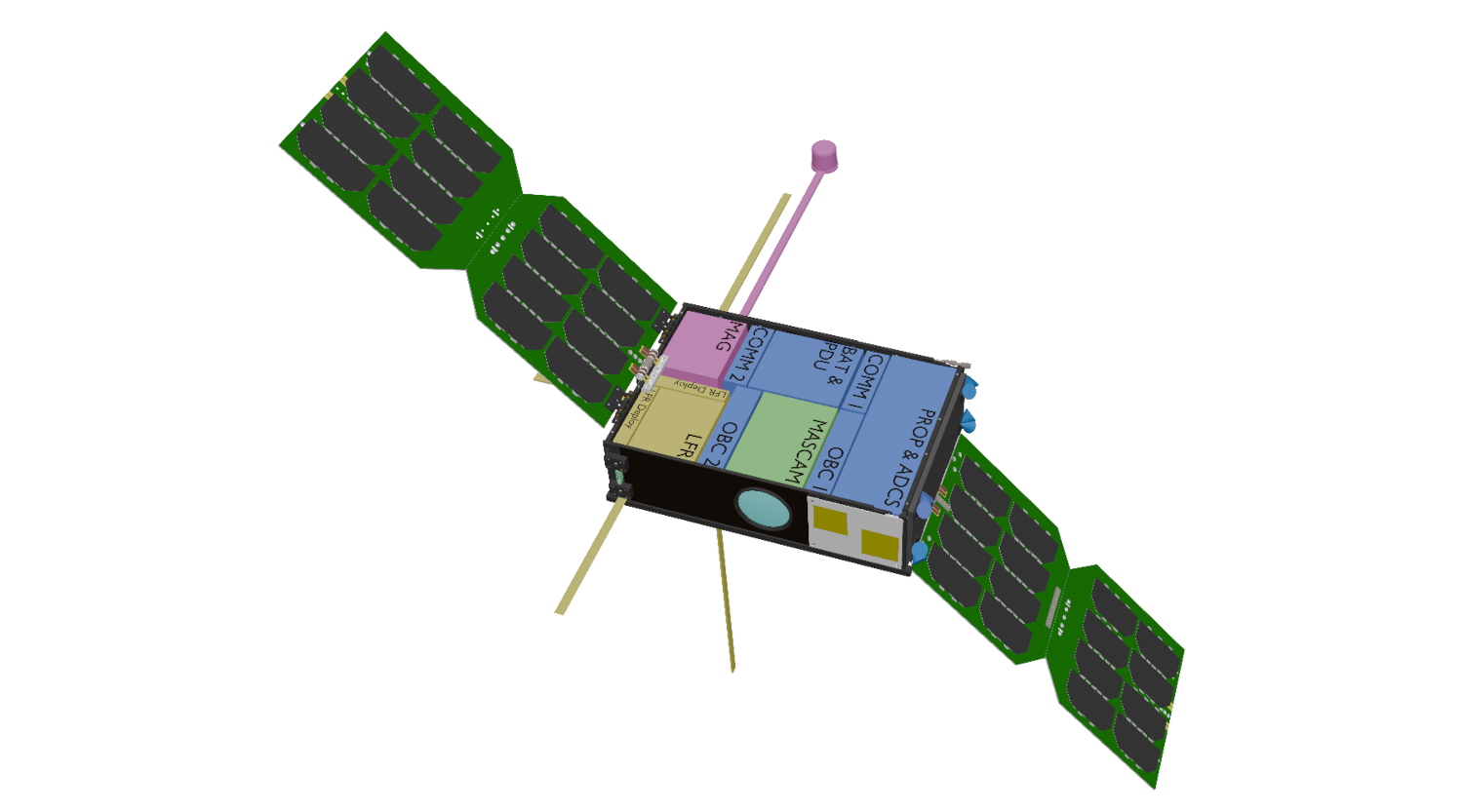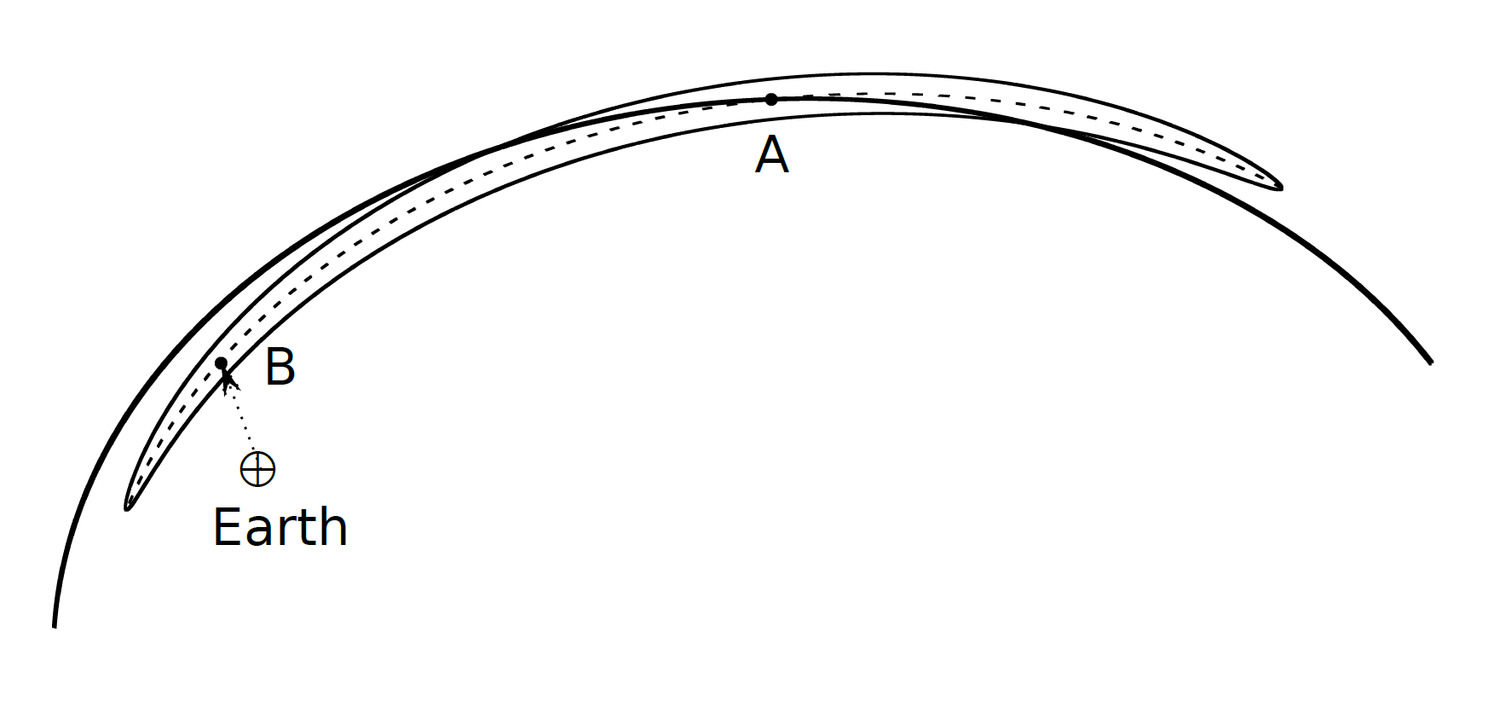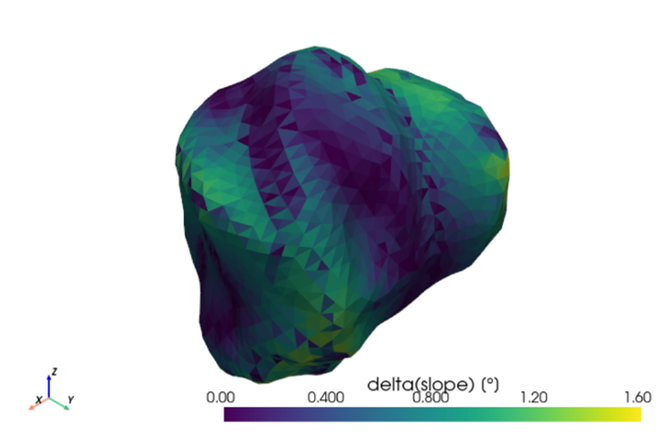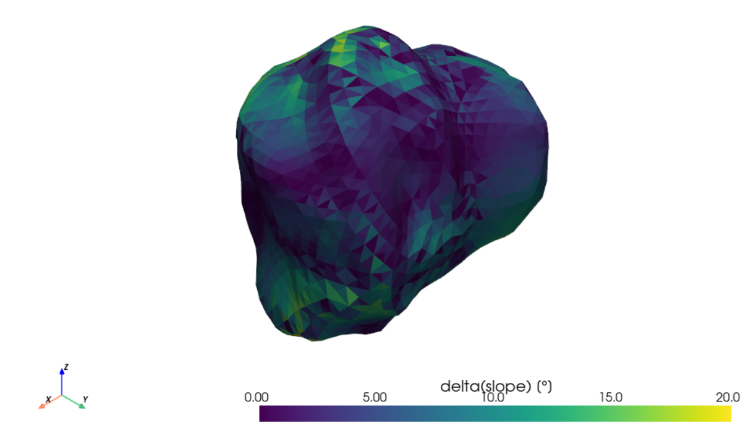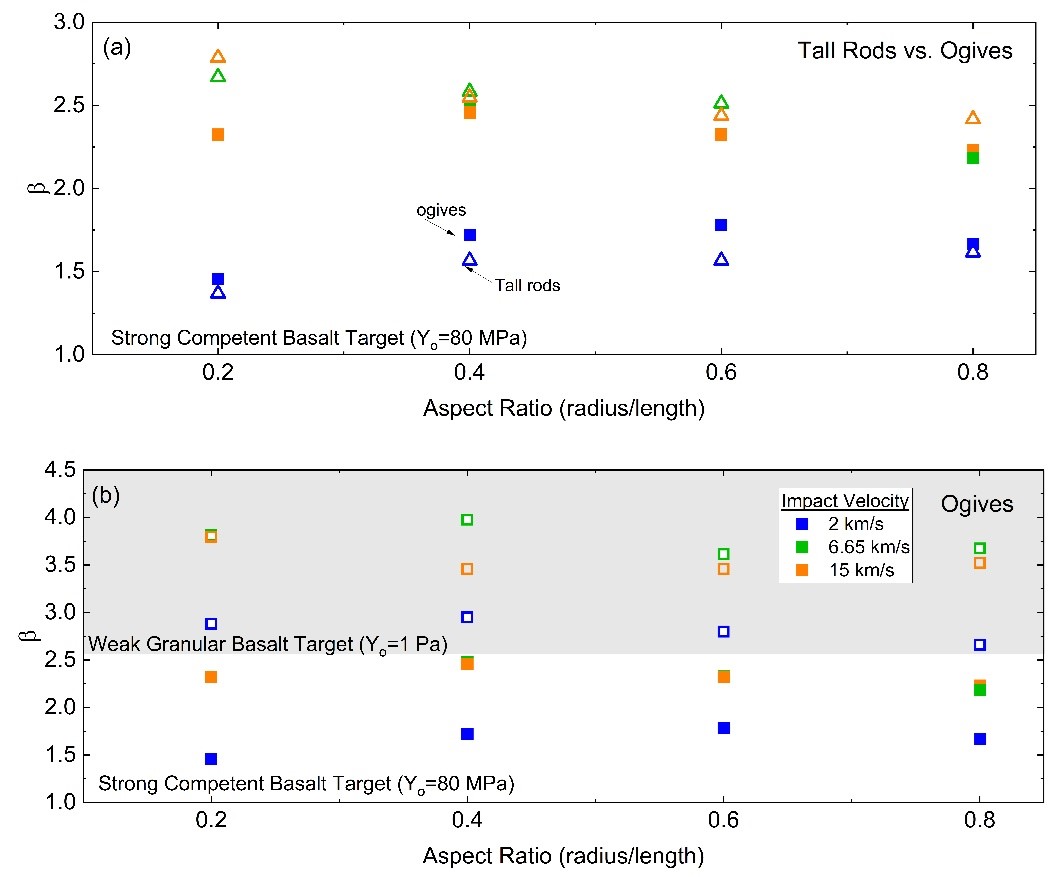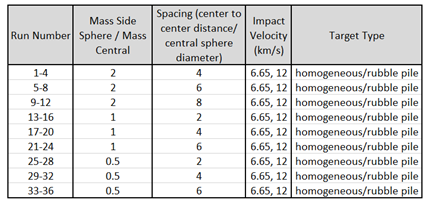MITM11
Planetary Defense: space missions, observations, modeling and experiments
Co-organized by SB
Session assets
NEO Observations and Impact Response
08:30–08:40
|
EPSC2024-518
|
On-site presentation
08:40–08:50
|
EPSC2024-882
|
On-site presentation
08:50–09:00
|
EPSC2024-719
|
On-site presentation
09:00–09:10
|
EPSC2024-431
|
ECP
|
On-site presentation
09:10–09:15
Discussion
From DART to Hera I
09:15–09:25
|
EPSC2024-772
|
On-site presentation
09:25–09:35
|
EPSC2024-436
|
ECP
|
On-site presentation
09:45–09:55
|
EPSC2024-395
|
ECP
|
On-site presentation
09:55–10:00
Discussion
Coffee break
Chairpersons: Naomi Murdoch, Michael Küppers
From DART to Hera II
10:30–10:40
|
EPSC2024-56
|
On-site presentation
10:50–11:00
|
EPSC2024-316
|
On-site presentation
11:00–11:10
|
EPSC2024-586
|
On-site presentation
11:10–11:15
Discussion
From DART to Hera III
11:15–11:25
|
EPSC2024-322
|
On-site presentation
11:25–11:35
|
EPSC2024-1019
|
Virtual presentation
11:35–11:45
|
EPSC2024-819
|
ECP
|
On-site presentation
11:45–11:55
|
EPSC2024-260
|
ECP
|
On-site presentation
11:55–12:00
Discussion
Lunch break
Chairpersons: Patrick Michel, Naomi Murdoch
Apophis I
16:30–16:40
|
EPSC2024-789
|
On-site presentation
16:40–16:50
|
EPSC2024-199
|
On-site presentation
16:50–17:00
|
EPSC2024-249
|
On-site presentation
17:00–17:10
|
EPSC2024-257
|
On-site presentation
17:10–17:15
Discussion
Apophis II
17:15–17:25
|
EPSC2024-495
|
On-site presentation
17:25–17:35
|
EPSC2024-822
|
ECP
|
On-site presentation
17:35–17:45
|
EPSC2024-1098
|
ECP
|
On-site presentation
17:55–18:00
Discussion
I31
|
EPSC2024-1232
|
On-site presentation
I34
|
EPSC2024-1167
|
ECP
|
On-site presentation
I35
|
EPSC2024-889
|
ECP
|
On-site presentation
I36
|
EPSC2024-753
|
On-site presentation
I37
|
EPSC2024-443
|
On-site presentation
I38
|
EPSC2024-558
|
ECP
|
On-site presentation

